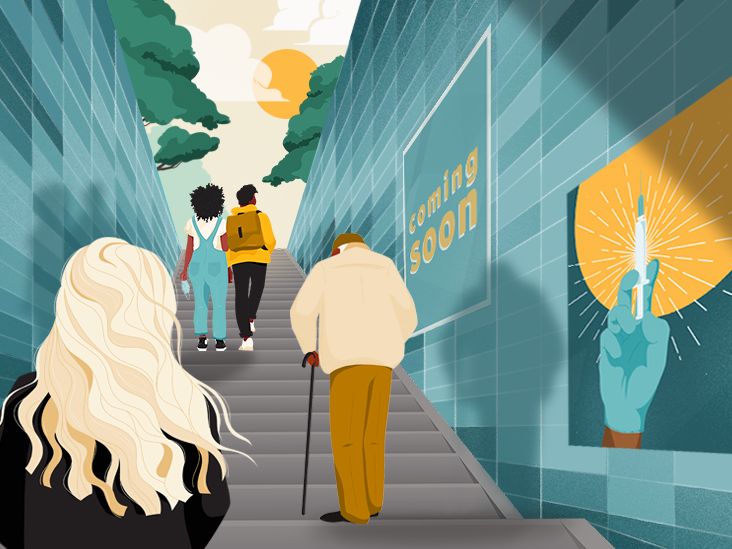Yeah, I said WDW would be back to normal by June 1
Irony being, June will be in better shape (at least in many parts of the country) than I may have expected. In terms of actual progress against the disease, things are standing on the more optimistic sides of my projections.
In fact, I think the parks probably could safely go back to mostly normal by June. Universal looks like they might do so.
WDW seems intent on taking baby steps. Being allowed to self-serve soda is WDW's big step to normalcy. The return of valet parking... but even that can't be done all at once. Nope, valet parking will slowly return over a period of several weeks.
What has me scratching my head:
They are late in terms of announcing mid-late summer discounts. They offered fairly large discounts through early July. That makes sense: bookings were probably VERY soft when they announced so those discounts. They were announced in January.
July is now just 2 months away, and still no discounts announced. This could suggest strong demand and therefore no need for significant discounts. But, if demand is so strong that you don't need discounts, then why not open up AKL and the remaining resorts?


